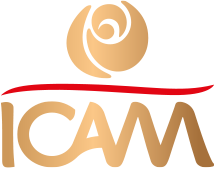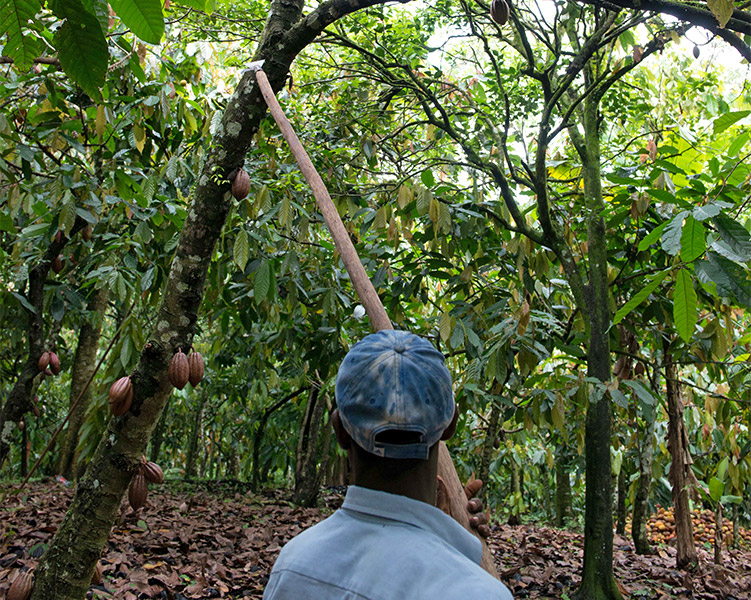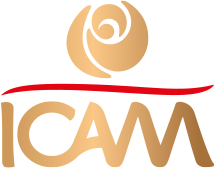Each year, thousands of small white or yellow-pink flowers bloom on the cocoa tree. Just 1% of these will bear fruit: the oval, yellow-green “Cabosse”, or cocoa pod.
Each year, a cocoa tree will produce on average 25-30 pods, growing directly on the trunk or main branches.
There are three known varieties of cocoa in the world: Criollo, Forastero and Trinitario. Our agronomists are constantly working to introduce new plantations gradually, making use of available clones.
From seed cocoa principle to chocolate
The Value Chain
The plantations
This is where our total control of the production chain begins. At the plantations, we work to create ideal conditions for good cocoa growth. By planting tall-growing trees, we create the shade necessary for the delicate cocoa plant, which cannot tolerate direct sunlight or fluctuations in temperature.

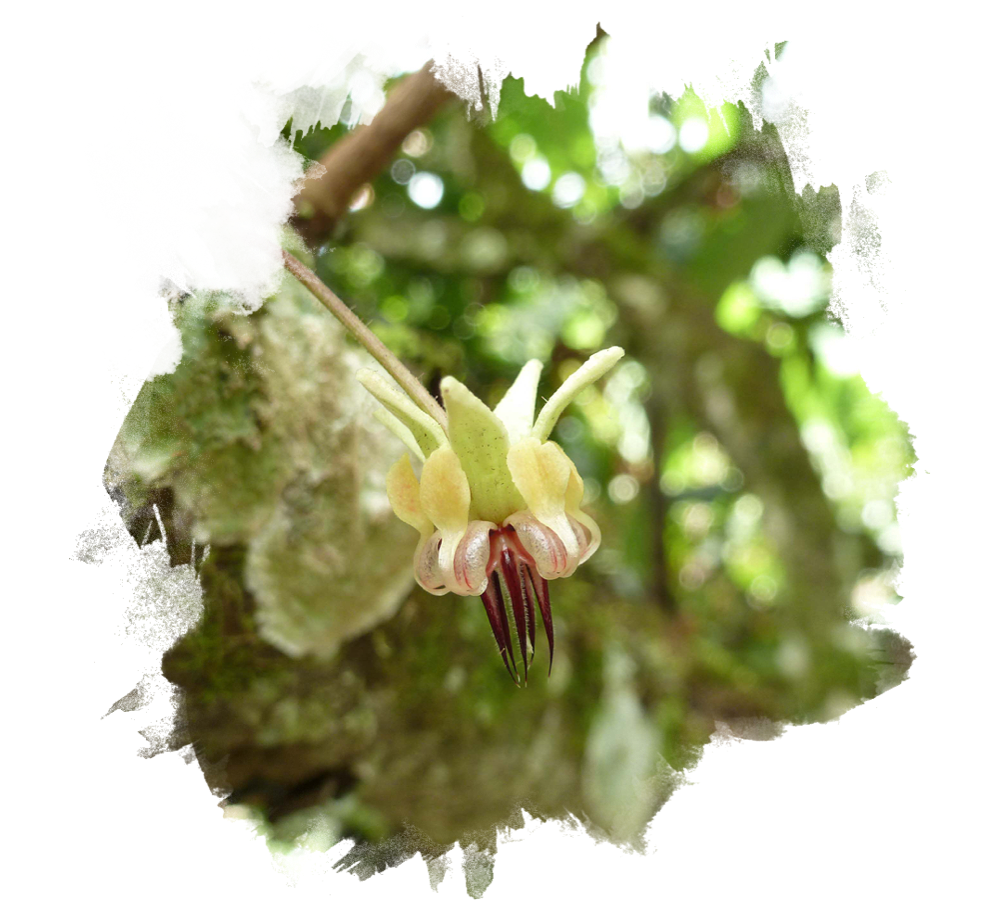
The three varieties
Farming
2%
Criollo cocoa
18%
Trinitario cocoa
80%
Forastero cocoa
One by one, the fruit is revealed
Harvesting and seed extraction
At around 6 months, the pods are ripe and develop a brownish-red color. The experienced farmers know at a glance which pods are ready to be picked.
The pods are harvested manually, taking the utmost care and skill not to damage the 25-40 seeds, enclosed in a clear, sweet gelatinous substance.
Once the seeds and pulp have been extracted, they are gathered in baskets before being transported.
The importance of patience
Fermentation
In the fermentation and drying centers, the seeds and pulp are heaped in crates and left for 5-6 days.
Fermentation—first alcoholic, then lactic, and finally acetic—serves three purposes:
- eliminate the pulp
- prevent the seeds from germinating
- create flavor
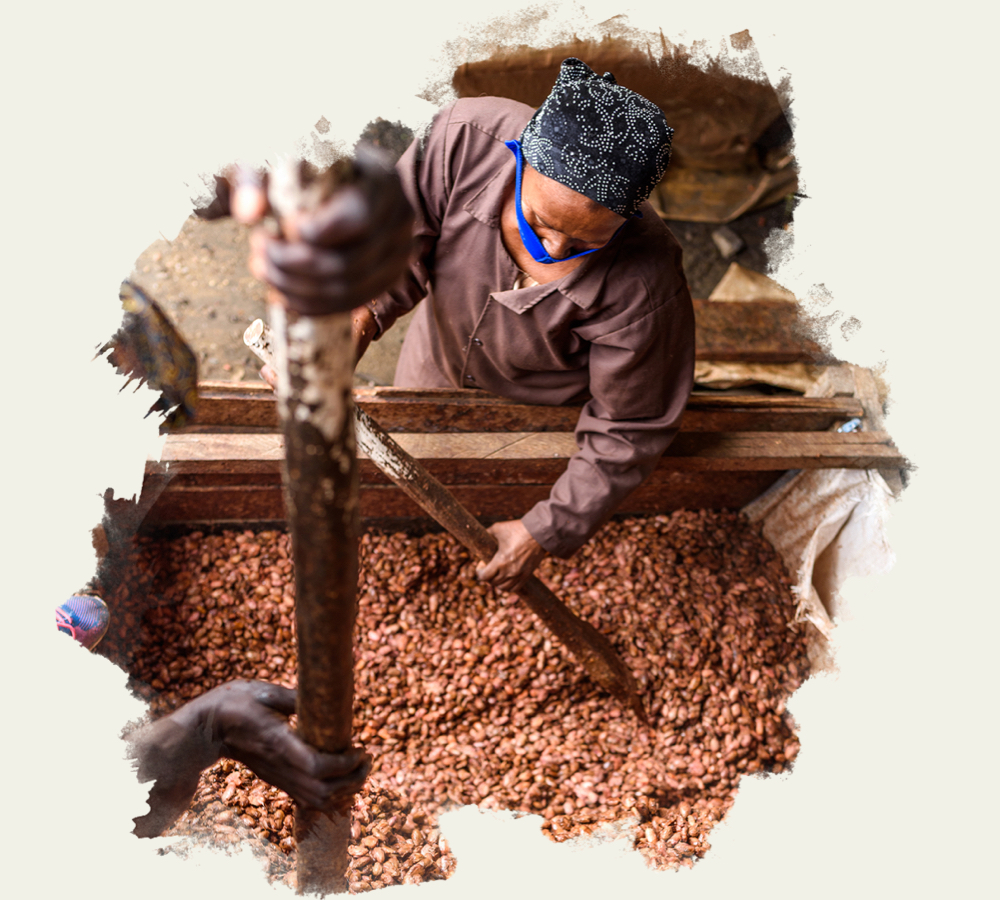
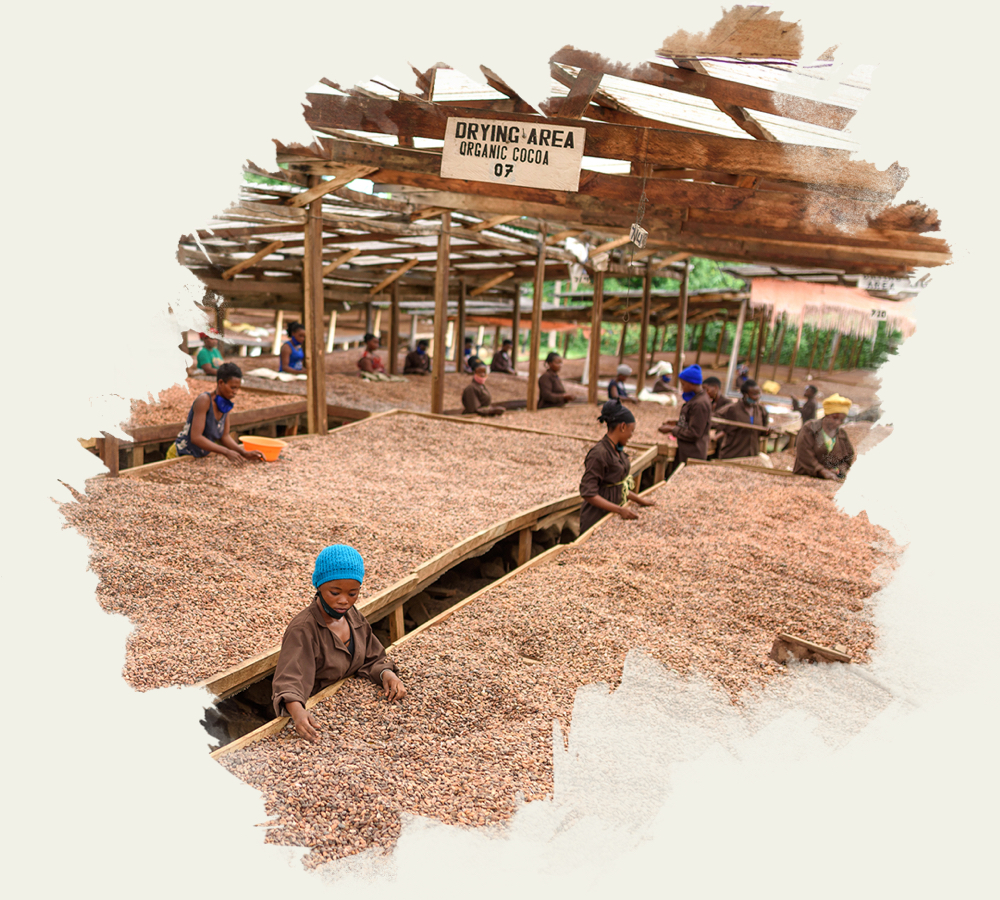
Expanses of cocoa
Drying
The cocoa seeds are spread out to dry for between 10 and 20 days. This process preserves the cocoa beans and halts the process of fermentation which, if carried on too long, can cause high levels of acidity and therefore “damage” the quality of the raw material. The beans are continually raked over so that they dry evenly.
As with all high-quality products, the cocoa beans undergo meticulous quality control before being shipped to Italy and arriving at our Orsenigo facility.
In our factory
Control of the chain continues throughout every crucial step in the transformation of the cocoa into high-quality chocolate.
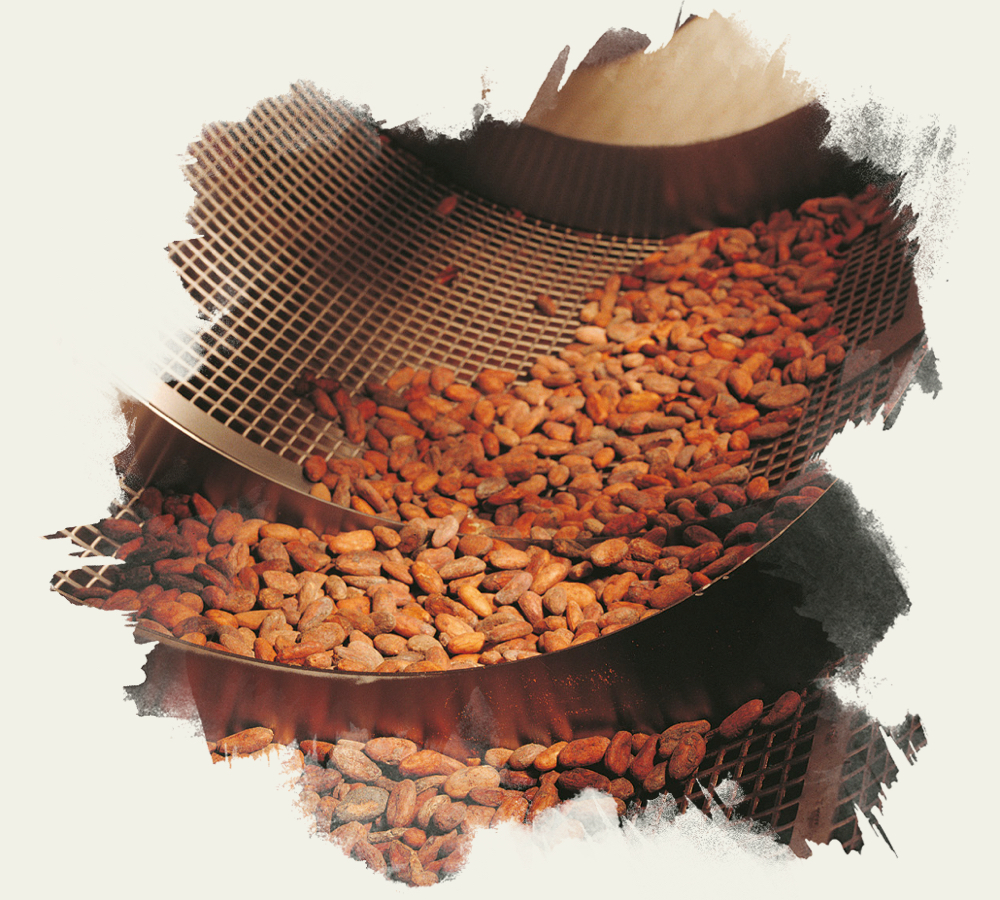
Let the transformation begin!
Preliminary tests
Cleaning
Pre-roasting
Once the beans arrive in Italy, tests are carried out to check fermentation levels and to ensure they are free from any defects. The cocoa is then cleaned to remove all debris before being sorted Broken beans are separated from the whole beans, which are then exposed to about 100 seconds of strong infrared radiation at around 400º, which makes it easier to remove the bean from its shell.
from nibs
Cracking and winnowing
Alkalization
The beans are broken up into small pieces, producing cocoa nibs, and separated from their outer shells. The nibs are then treated with water, which in some cases may also contain potassium carbonate to reduce the cocoa’s natural acidity.
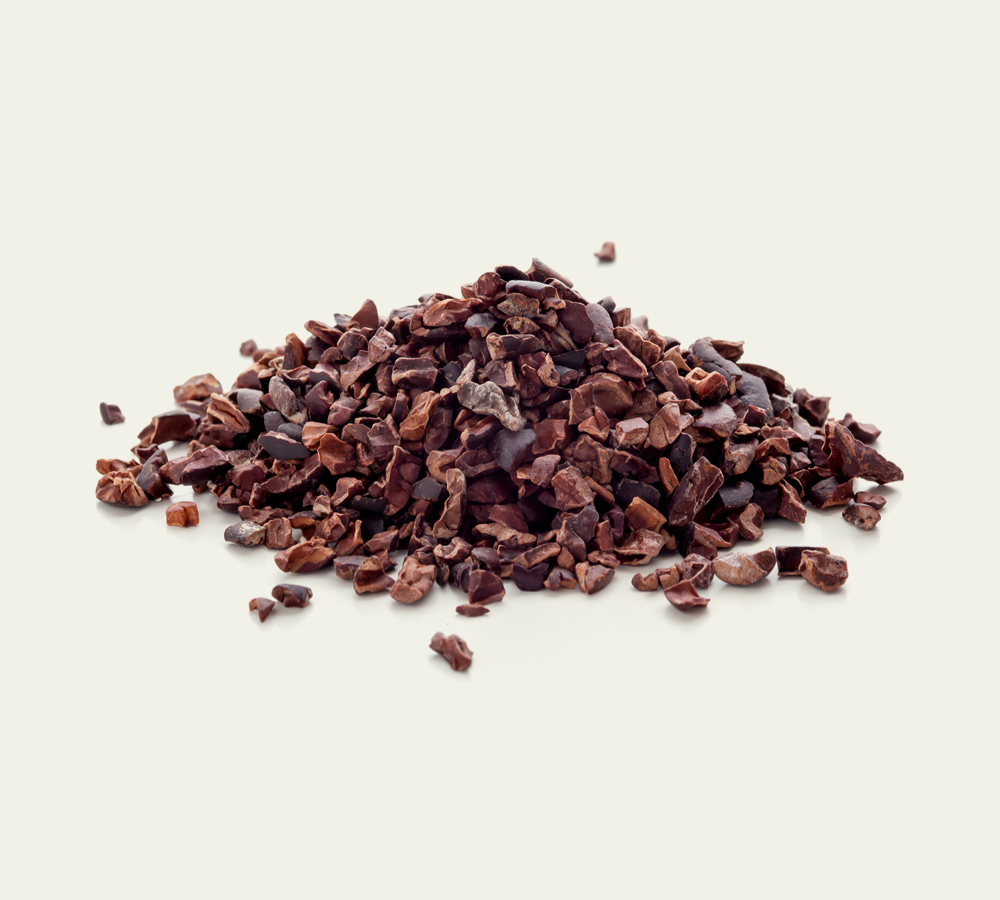
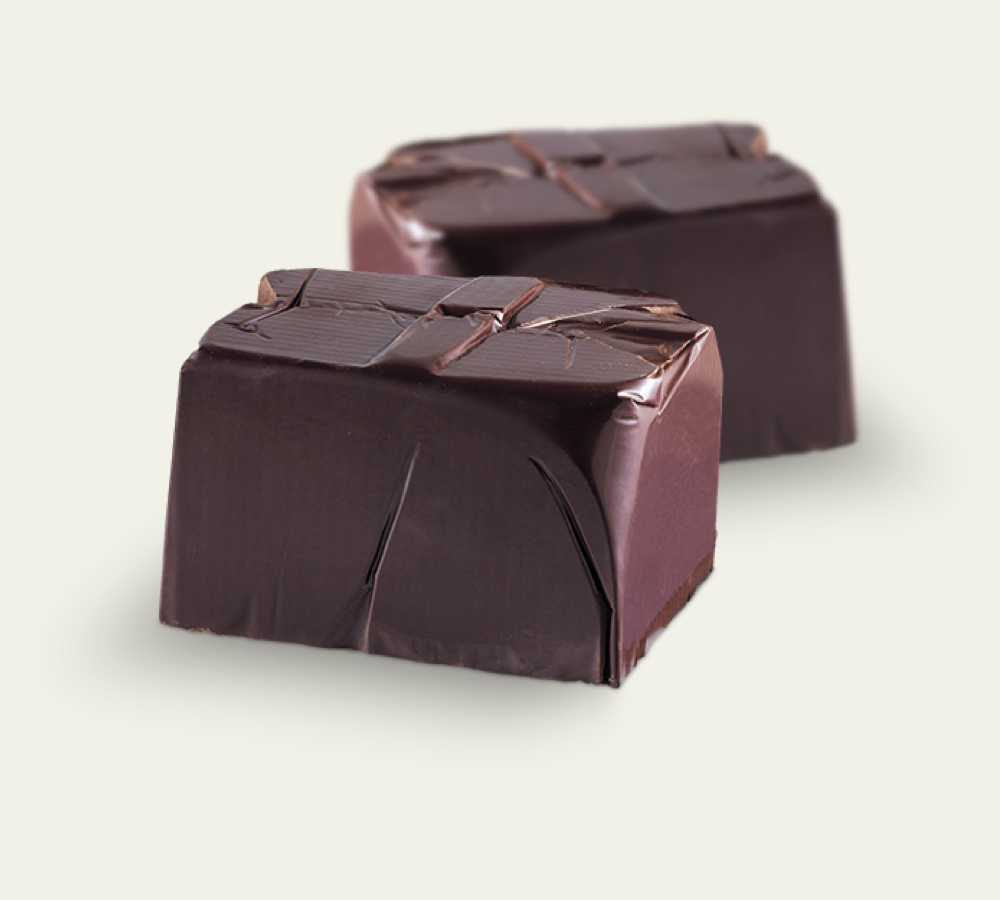
to cocoa paste
Roasting
Grinding
The nibs are evenly toasted with hot air for approximately 30 minutes, allowing all the most superb flavors of the cocoa to develop fully. They are then ground in a pin mill, converting the nibs into chocolate liquor, or cocoa paste.
An “honorable” split: pressing
At this point, the chain splits into two paths. One part of the cocoa paste continues on its way to becoming chocolate; the other part is pressed to separate the fat, known as cocoa butter, from the dry solids, which will eventually become cocoa powder.
We call this split “honorable” because very few chocolate producers carry out both these processes; most tend to purchase cocoa butter from “honorable” companies such as ours.
Since more cocoa butter needs to be added to the cocoa solid to make chocolate.
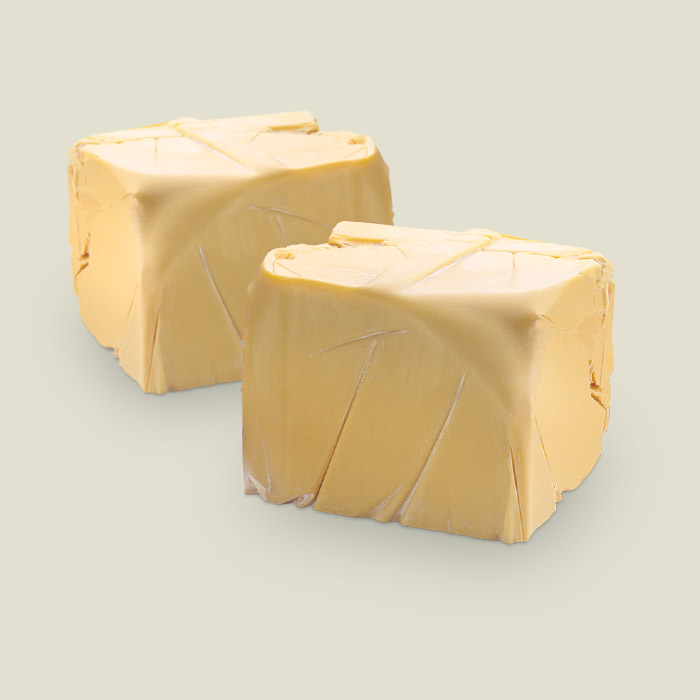
The cocoa butter
Filtration
Deodorizing
The cocoa butter is filtered with paper filters to remove any impurities and undergoes a process of deodorization. A high-pressure steam jet removes some of the volatile acids in the butter in order to give it a more pleasant taste.
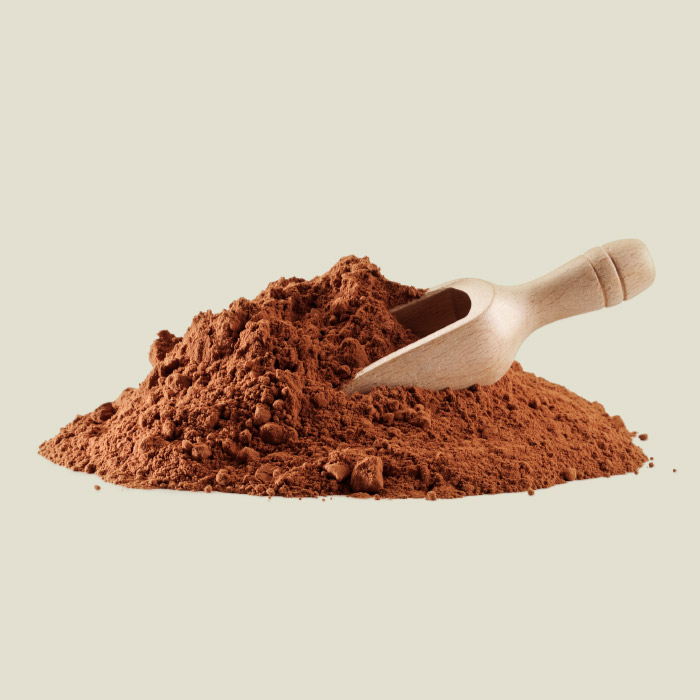
Cocoa powder
Pulverization
The dry solid resulting from the pressing, known as presscake, is first coarsely crushed and then finely ground to obtain cocoa powder. The cocoa is now ready either to be packaged for sale or transformed into chocolate.

Blending:
our recipes
The split in the cocoa-paste process, producing the two key semi-finished products described, now comes to an end. The ingredients are ready to be blended together in varying proportions depending on the specific recipe and the type of chocolate being made:
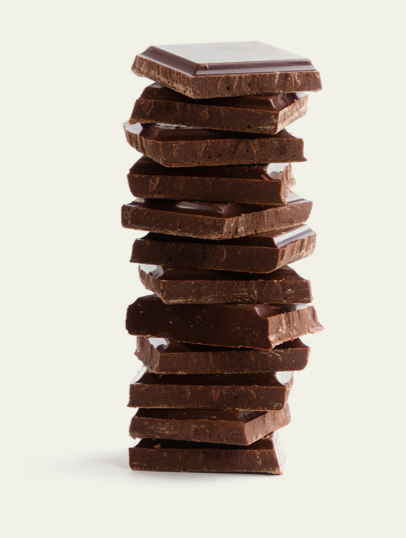
Dark
cocoa butter +
cocoa paste +
sugar
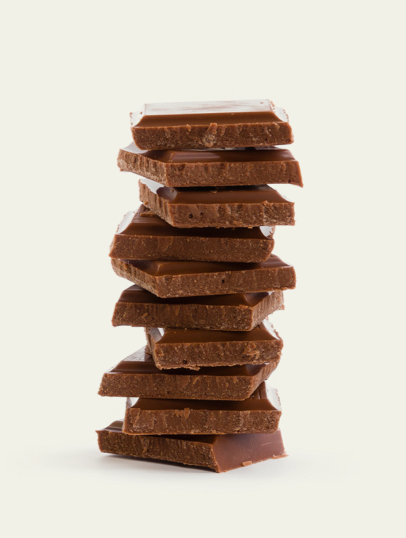
Milk
cocoa butter +
cocoa paste +
powdered milk +
sugar
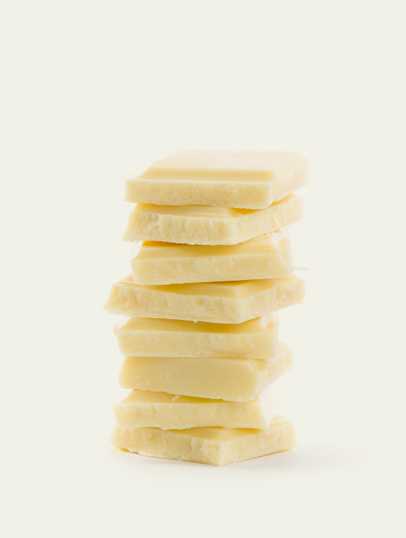
White
cocoa butter +
powdered milk +
sugar
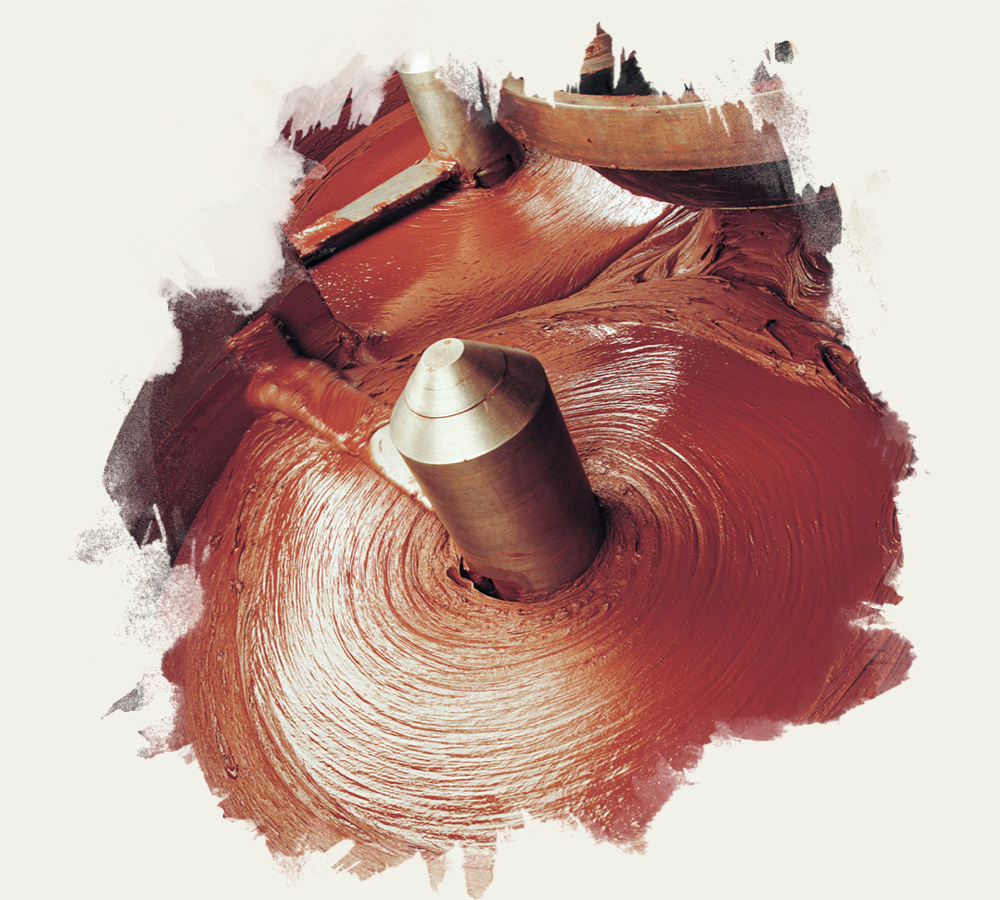
Uniquely creamy
Refining
Conching
Large refining drums crush and chop the chocolate paste to obtain particles no bigger than 18 microns. The process of conching, which can last several hours, has the following purposes:
- to create a perfect blend of the various components
- to reduce any acidic and astringent aromas
- to extract any remaining humidity so that at the end of the process it is no higher than 0.5 – 0.8%.
During this phase, a small quantity of 0.3% soy lecithin is usually added, to act as a thinner and emulsifier, along with a tiny amount of vanilla as flavoring.
Chocolate

Our chocolate in stable crystalline form
Tempering
Molding
Packaging
The tempering process involves cooling and then heating the chocolate to controlled temperatures— essential for solidifying the cocoa butter into a stable crystalline form. This makes our chocolate suitable for molding while also giving it a glossy sheen, crisp snap, and an excellent shelf life. It is then poured into special molds in a variety of shapes (drops, bars, pralines, eggs etc.) and solidified in large cooling tunnels.
Once removed from the molds, the chocolate is attractively and sustainably packaged to keep its high standard of flavor intact. And there it is, ready to enjoy!


